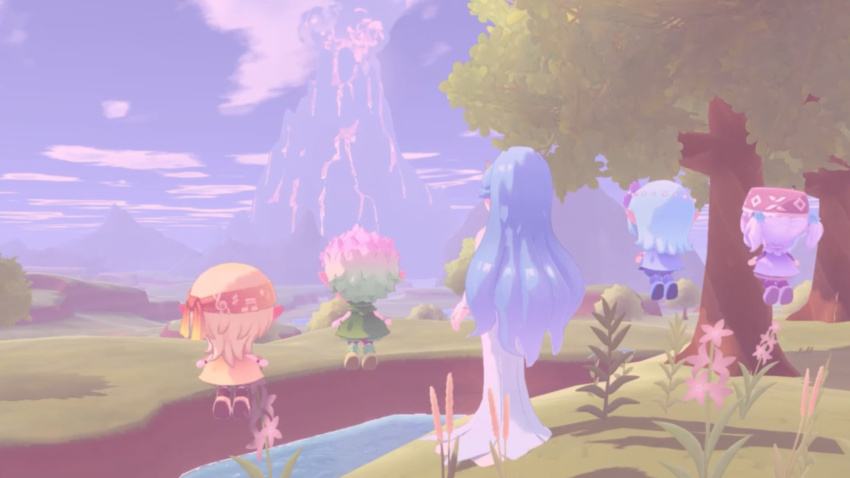The Harvest Moon franchise has captivated gamers for decades, starting in 1996 when the series made its debut on the Super Nintendo Entertainment System (SNES). This farming simulation game series quickly gained popularity and remained beloved to this day. Initially inspired by series creator Yasuhiro Wada’s experiences moving from the Japanese countryside to Tokyo, Harvest Moon puts players in the role of managing a worn-down farm, with the goal of turning it into a successful venture. Over the years, the franchise has evolved and taken on new names, most notably as Story of Seasons.
Throughout its history, the Harvest Moon franchise has seen involvement from various developers, resulting in a plethora of games on different platforms. While all games share core gameplay mechanics, such as managing crops and livestock, some even introduce additional elements like marriage and building relationships with townsfolk. This approach has resonated with players worldwide and contributed to the franchise’s ongoing success.
As the series expanded, it branched out across different platforms, including handheld gaming devices and modern consoles. Harvest Moon has sustained its legacy through innovative gameplay, unique storylines, and continuous dedication to its core farming simulation concept. It remains a timeless classic and continues to captivate players, leaving an undeniable impact on the gaming industry.
Key Takeaways
- Harvest Moon started in 1996, eventually splitting into two franchises: Harvest Moon and Story of Seasons
- Core gameplay mechanics include farming, time management, and relationship building
- The franchise has left a lasting impact through its quaint and cozy gameplay, which has been mirrored in popular games like Stardew Valley and Sun Haven
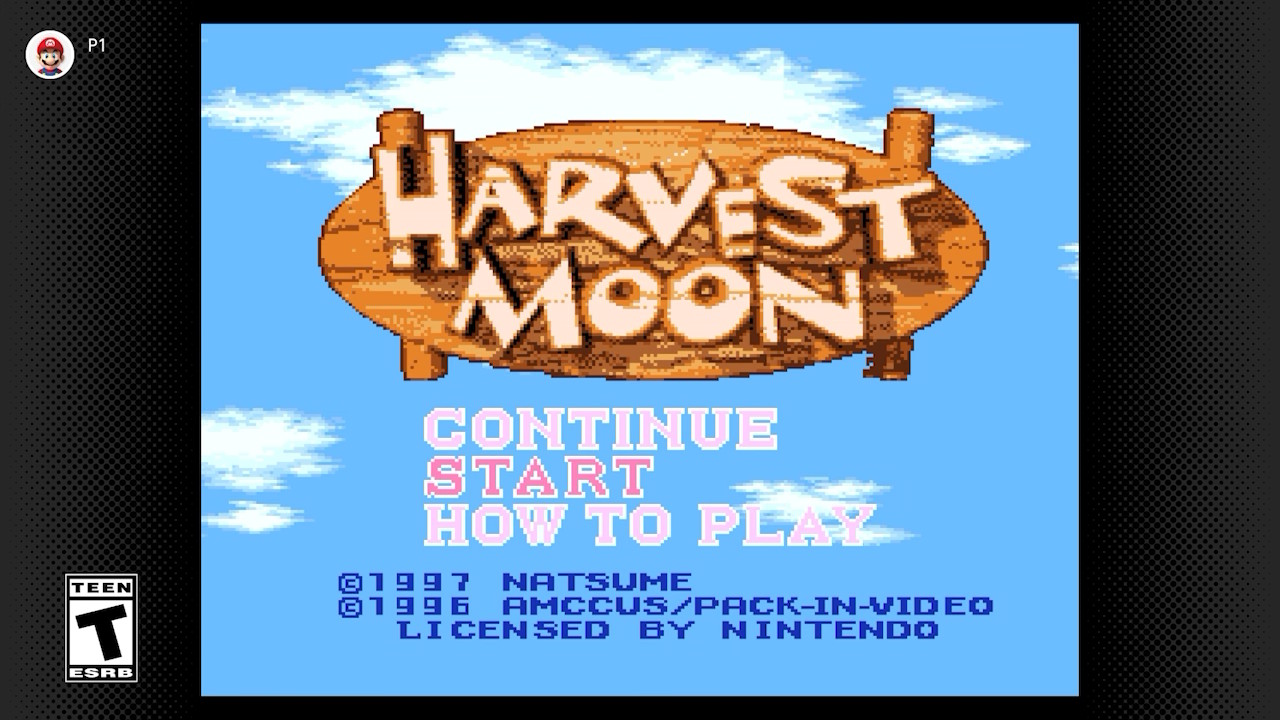
Beginnings of the Harvest Moon Franchise
The Harvest Moon franchise began with the release of the first game, titled simply “Harvest Moon,” in 1996. This farm simulation role-playing game was published by Natsume Inc. and developed by Pack-In-Video. The game was initially released for the Super Nintendo Entertainment System (SNES) and marked the beginning of a popular and long-running gaming series.
Initially known as “Bokujō Monogatari” in Japan, which translates to “farm story,” the game’s main objective was to rebuild a run-down old farm and turn it into a successful one. Players were tasked with managing their time, tending to their crops and animals, and building relationships with other characters in the game.
Following the game’s release, the developer Pack-In-Video later came to be known as Victor Interactive Software and ultimately as Marvelous Entertainment Inc. As the game series gained popularity, Harvest Moon expanded to various Nintendo consoles and eventually made its way to PlayStation consoles as well.
In 2012, Marvelous discontinued its licensing of the series to Natsume Inc. Instead of ending the partnership completely, Natsume Inc. took the opportunity to develop their own series of Harvest Moon starting with the 2014 release of Harvest Moon 3D: The Lost Valley.
Throughout its history, the Harvest Moon franchise has offered players a chance to experience a relaxing and enjoyable farming simulation game while forging connections with memorable characters. As the series continues to evolve and change, it remains a cherished part of gaming history for fans around the world.
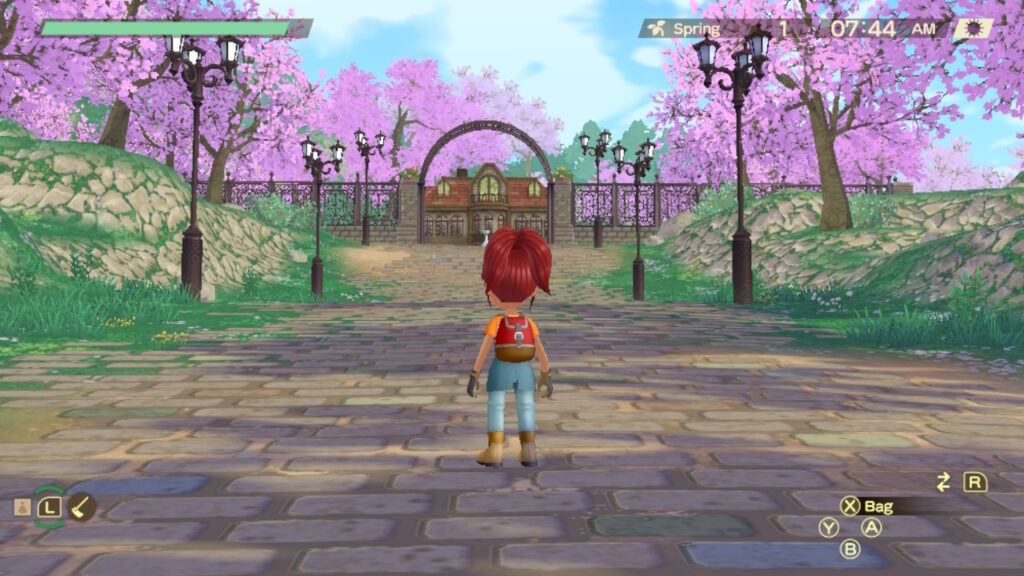
Involvement of Various Developers
Harvest Moon has a troubled history when it comes to what developers “own” it. Here are the key players.
Role of Natsume and Amccus
As the publisher of the original Harvest Moon series, Natsume Inc. played an essential role in bringing the franchise to life. They began publishing Bokujō Monogatari in North America under the title Harvest Moon, with Amccus as the developer. In 2014, Natsume decided to continue the series under the Harvest Moon name, creating a new line of games separate from the original Bokujō Monogatari series.
Contributions of Xseed Games
Xseed Games stepped in to localize and distribute the Bokujō Monogatari series in North America when Natsume and Marvelous had a split. Xseed Games, a subsidiary of Marvelous USA, rebranded the series as Story of Seasons, starting with the release of the first game under this title in 2014. This ensured that fans in the West could continue enjoying the original Bokujō Monogatari games, now under a new name.
Influence of Marvelous Entertainment
Originally developed by Victor Interactive Software, Bokujō Monogatari became part of Marvelous Entertainment when they acquired the developer in 2003. Marvelous took over the development of the series and continued to create new games that stayed true to its roots. Marvelous has played a significant role in expanding the franchise and ensuring its popularity and growth over the years.

Notable Games in the Series
These are just a few of the games that come to mind when I hear “Harvest Moon,” including what makes them so noteworthy.
The Beginnings
These are the Harvest Moon games that started the franchise as we know it.
Harvest Moon SNES
My first experience with Harvest Moon was on the Super Nintendo Entertainment System (SNES) back in 1996. This was the beginning of the charming farming simulation series we know today as Harvest Moon. The game’s core mechanics include farming, raising livestock, and building relationships with the townsfolk, all of which were innovative for its time.
Harvest Moon 64
When Harvest Moon 64 was released in 1999, it took the original SNES game’s mechanics and elevated them to a whole new level. With improved graphics, a more involved storyline, and more engaging gameplay, Harvest Moon 64 became a fan favorite that still holds up today.
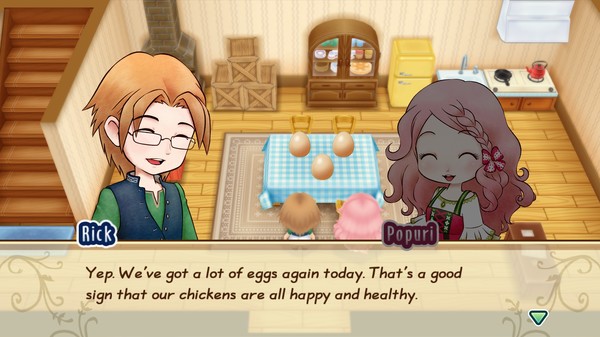
The Best
These are the Harvest Moon games often mentioned as some of the best in the series. (My personal favorite is Harvest Moon 64, outlined above.)
Harvest Moon: Friends of Mineral Town
Harvest Moon: Friends of Mineral Town, released in 2003 for the Game Boy Advance, brought the series’ beloved gameplay to a portable system. Improving on the formula of previous entries, it introduced new features such as mining and horse racing. Friends of Mineral Town became a classic for the franchise and still has a dedicated following today.
Often lauded as one of the best games in the series by players and reviewers alike, Friends of Mineral town went on to move to the Story of Seasons franchise. It was re-released as Story of Seasons: Friends of Mineral Town in 2020.
Read my Story of Seasons: Friends of Mineral Town review.
Harvest Moon: A Wonderful Life
In 2004, Harvest Moon: A Wonderful Life hit the shelves for the GameCube, featuring a more realistic art style and life simulation elements. The game not only expanded on farming but placed a heavier emphasis on relationships and family life, making it a standout in the series.
The unique emphasis on storytelling and the passage of time made Harvest Moon: A Wonderful Life stand out as one of the best in the series. The IP remaining with Marvelous post split, it was re-released as Story of Seasons: A Wonderful Life in 2023.

The Current
These are the most recent Harvest Moon game releases as of writing this article.
Harvest Moon: One World
Harvest Moon: One World was released in 2021 for the Nintendo Switch and PlayStation 4. The game brought a fresh take on the series with an open-world exploration concept, allowing players to discover various regions with day-night cycles. It released to poor reviews, with players noting that characters don’t feel fleshed out and quests were dull or confusing.
Harvest Moon: Winds of Anthos
Harvest Moon: Winds of Anthos is the most recent release in the franchise, coming to Steam and consoles as of September 2023. It maintained many of the open-world elements of One World with significant quality-of-life improvements. This seems to hint at a permanent new direction for the series, prioritizing exploration, an open-world map, and a “mobile” farm that moves with you from place to place.
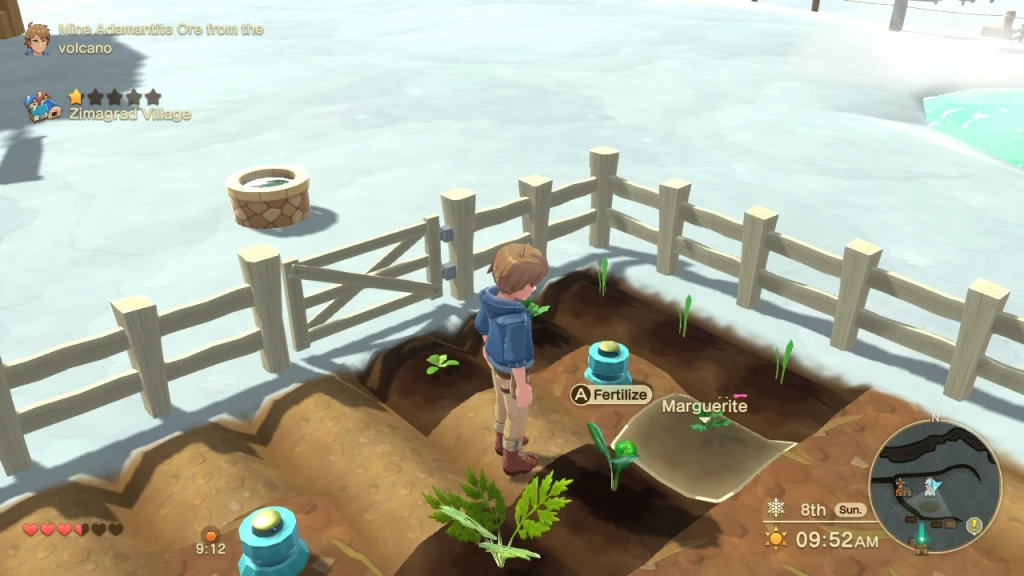
Gameplay Mechanics
These are the key gameplay mechanics that make-up the Harvest Moon games.
Farming
In the Harvest Moon franchise, players engage in farming activities as a primary game mechanic. I, as a player, can plant seeds, water them, and harvest various fruits, vegetables, flowers, and herbs. I must carefully choose which crops to grow, considering factors such as cost, selling price, growth times, and the number of harvests. Additionally, I am responsible for managing my farm’s layout and upgrading tools to improve efficiency.
Livestock and Animals
Raising animals is another vital aspect of Harvest Moon. I can acquire various livestock, such as cows, chickens, and sheep, to produce resources like milk, eggs, and wool. Tending to these animals involves feeding them, brushing, and nurturing them to maintain their health. Wild dogs might attack the farm, so I need to ensure the animals’ safety by building fences. I can also befriend and raise pets, which can help me with specific tasks.
Life Simulation Aspects
Social interactions are crucial in the Harvest Moon series. I can develop relationships with other characters in the game through conversation and giving gifts. Building strong connections may lead to romantic relationships and eventually marriage. I am also responsible for managing aspects of daily life, such as cooking, fishing, and foraging.
In-Game Events
Throughout the Harvest Moon games, I participate in various in-game events and festivals. These events often involve completing specific tasks or engaging in friendly competitions with other characters. Festivals serve as an excellent opportunity for me to strengthen my friendships and earn valuable items by showcasing my skills in farming, cooking, or animal care.
Role-Playing Elements
As a farm simulation game with role-playing elements, Harvest Moon allows me to make meaningful choices that impact the game’s outcome. I can customize my character, choose which crops to plant, decide how to spend my time, and select which relationships to prioritize. These choices create a unique and immersive experience, making Harvest Moon a beloved game franchise.
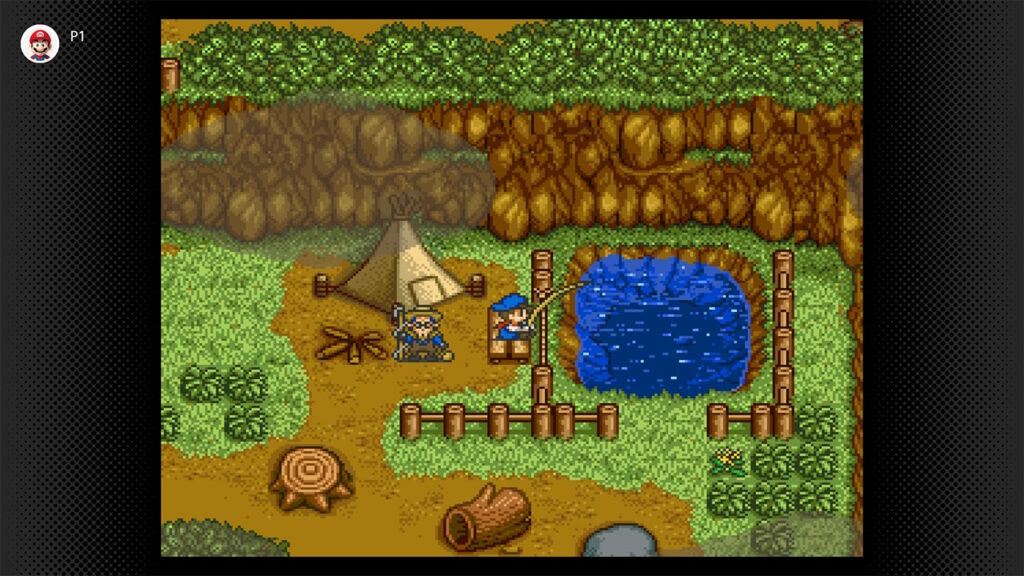
Harvest Moon Across Different Platforms
Harvest Moon started out on Nintendo (SNES) but has made its way to other platforms as its popularity grew.
Harvest Moon on Nintendo
When I think about the Harvest Moon franchise, Nintendo comes to mind first. Several Harvest Moon games have been released on different Nintendo gaming platforms throughout the years. The first game was released for the Super Nintendo Entertainment System (SNES) in 1996. After its success, the series continued to expand to various Nintendo platforms, such as the Game Boy, Game Boy Color, Game Boy Advance, Nintendo 64.
As technology advanced, so did Harvest Moon. I saw the series thriving on Nintendo’s GameCube and Wii consoles, introducing 3D graphics and more advanced gameplay. The franchise also made its way onto handheld devices like the Nintendo DS and the Nintendo 3DS, offering portable gaming experiences with enhanced features.
In recent years, Harvest Moon games have become available on the Nintendo Switch, allowing for both on-the-go and home gaming. The Switch has provided a platform for new entries in the series, as well as remastered versions of classic titles.
Harvest Moon on PlayStation
PlayStation consoles have also been home to numerous Harvest Moon titles. My first encounter with a Harvest Moon game on the PlayStation was Harvest Moon: Back to Nature for the original PlayStation console. This game was well-received and remains a fan favorite.
Over the years, I have seen Harvest Moon games released for PlayStation 2, PlayStation 3, and PlayStation 4 as well. Each new entry brought improvements and innovations to gameplay mechanics and storytelling, further establishing the series as a popular choice for gaming on PlayStation consoles.
Harvest Moon for Steam
While Harvest Moon is primarily known for its presence on Nintendo and PlayStation consoles, some newer entries have made their way onto Windows via the Steam platform. Titles such as Harvest Moon: Light of Hope, Harvest Moon: One World, and Harvest Moon: Winds of Anthos have provided PC gamers with a taste of the farm simulation experience that the series is famous for.
By adapting to different platforms, the Harvest Moon franchise has managed to maintain its popularity and continue to grow. I believe that its versatile nature and dedicated fanbase contribute to its ongoing success across various gaming devices.
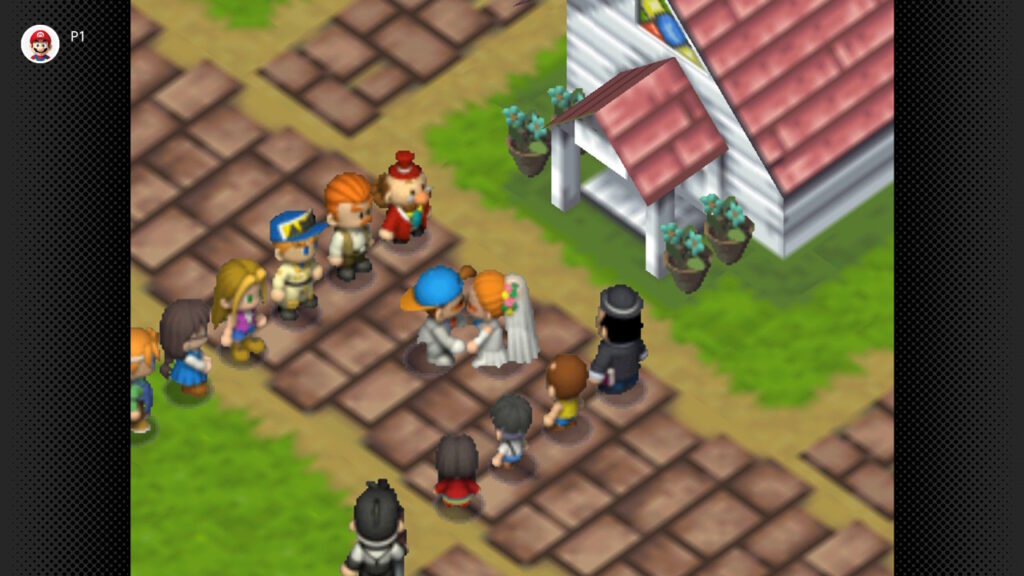
Legacy and Impact of the Franchise
Ever since its creation by Yasuhiro Wada, the Harvest Moon franchise has captivated the hearts of gamers around the world. As a video game series mainly focused on farming and life simulation, it has had a significant impact on the industry and served as an inspiration for many other games.
I can’t deny the influence of Harvest Moon in the world of simulation games. The charming art style and engaging gameplay, introduced on the SNES, carved out a niche market for farming simulations. Over time, the series added new elements and depth while retaining the original core gameplay, like raising animals, growing crops, and even getting married.
When it comes to critical reception, Harvest Moon has garnered impressive ratings, especially in the earlier instalments. Praises from various gaming review sites have led to the series becoming a staple in the gaming community.
Another significant event in the history of Harvest Moon is the split between its creators, Marvelous Entertainment, and Natsume, the franchise’s former publisher. Since 2014, Marvelous continued the spirit of Harvest Moon under the new name, Story of Seasons, while Natsume retained the Harvest Moon title for their new farm simulation games. Nonetheless, fans worldwide still recognize and appreciate the original spirit in either series.
So here we stand today, with the Harvest Moon franchise having left an indelible mark on the gaming landscape. Its role in shaping and popularizing the farming simulation genre remains undisputed, and its charm continues to captivate players around the globe, maintaining a loyal fan base that keeps the legacy of this iconic series alive.
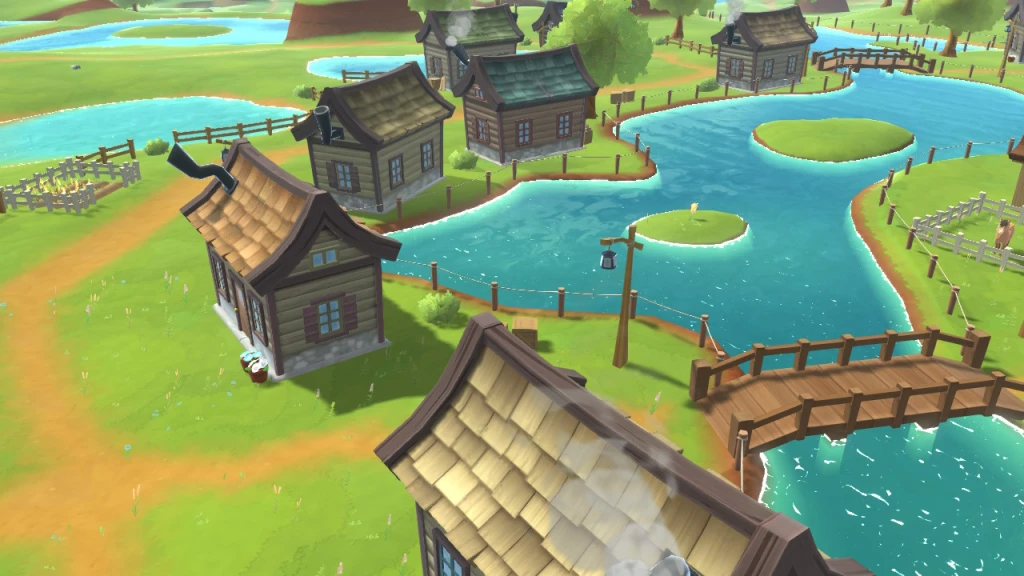
Conclusion
Throughout the years, the Harvest Moon franchise experienced many ups and downs. As a fan of the series, I can confidently say that Harvest Moon has consistently provided enjoyable gameplay experiences, giving players a chance to escape into a world where nurturing a virtual farm and cultivating relationships with the game’s characters offers a sense of satisfaction and accomplishment. The success of the series has even inspired other games, such as the popular Stardew Valley, proving the lasting impact of Harvest Moon in the gaming world.
The Harvest Moon franchise holds a special place in the history of video games, and its story is a testament to the creative vision of its creator and the developers who dedicated their time and efforts to crafting these beloved games.
Stay cozy, gamers!
You Might Also Like: Harvest Moon – Winds of Anthos Review
